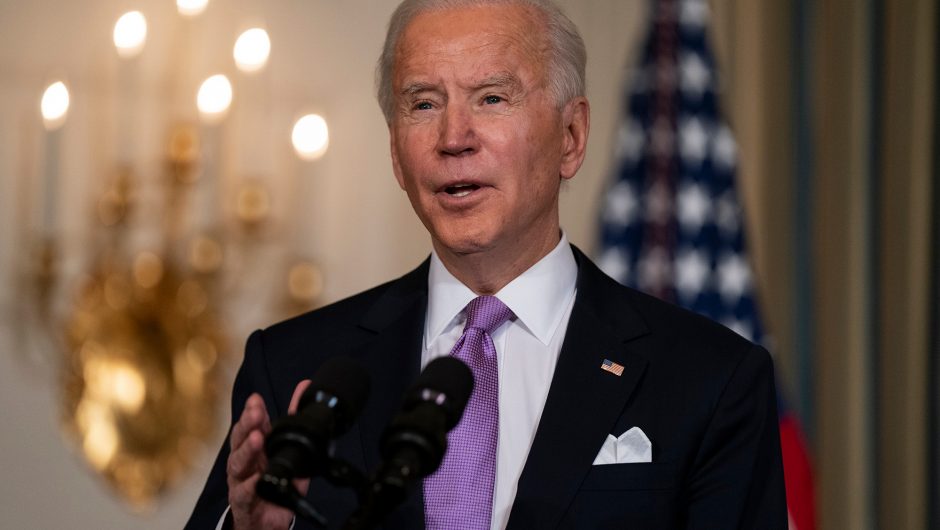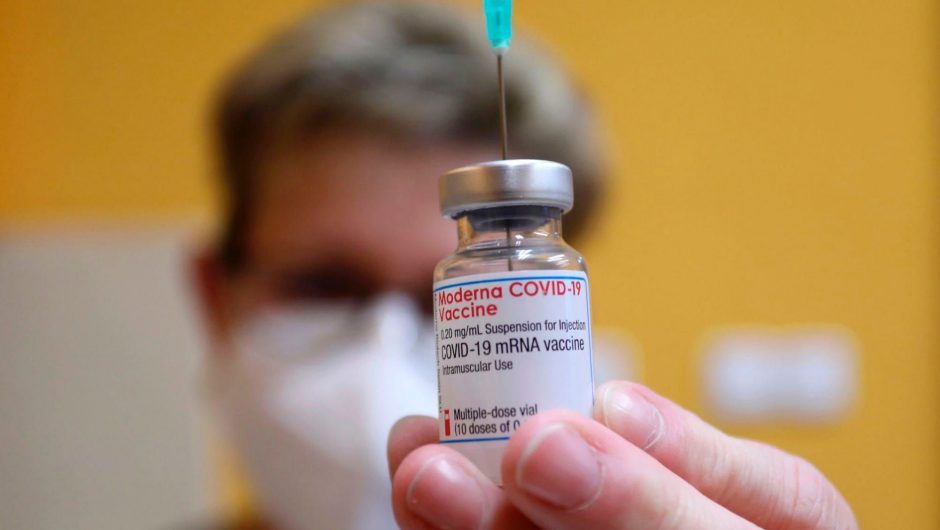A rescue team disinfects a theater in Wuhan, China. Xia Junjun/VCG via Getty Images
Chinese state media is spreading a conspiracy theory that a US Army base created the novel coronavirus.
It’s also pushing the idea that Pfizer’s vaccine is unsafe for the elderly, a claim disproven by researchers.
The misinformation push comes as a team of WHO scientists arrive in Wuhan to study the virus origins.
Visit Insider’s homepage for more stories.
Chinese state media is playing up a baseless conspiracy theory that the novel coronavirus was created in a US lab, and is also claiming that the Pfizer-BioNTech COVID-19 vaccine may actually be killing the elderly.
A report from the Associated Press found that state-sponsored media groups have been waging a two-pronged disinformation campaign to deflect responsibility for the coronavirus onto the West and discrediting Western-produced vaccines in favor of Chinese-manufactured ones.
Last week, the hashtag “American’s Ft. Detrick” began trending on the Chinese social media platform Weibo. The hashtag was started by the Communist Youth League and aimed to push the baseless theory that the coronavirus originated in a lab at the Maryland Army base and not in Wuhan, China, as is consensus.
A spokesperson for the Chinese Foreign Ministry called for an investigation by the World Health Organization into Fort Detrick.
“If America respects the truth, then please open up Fort Detrick and make public more information about the 200 or more bio-labs outside of the US, and please allow the WHO expert group to go to the US to investigate the origins,” Foreign Ministry spokeswoman Hua Chunying told state media.
Fort Detrick served as ground zero for the US’s biological weapons program from 1943 to 1969, when it was officially discontinued.
Chinese state media has been calling for authorities to look into the location as a possible origin for coronavirus since May.
The ubiquity of Weibo has meant that the conspiracy theory has spread far and wide among Chinese citizens – the hashtag was viewed more than 1.4 billion times, according to the AP – as has the belief that the Pfizer-BioNtech mRNA vaccine is actually harmful to elderly people.
Story continues
Chinese state media warned that the vaccine wasn’t safe for the elderly after 23 Norwegian citizens died following the vaccine’s administration.
But a WHO report released on Friday examining the deaths found that they were “in line with the expected, all-cause mortality rates and causes of death in the sub-population of frail, elderly individuals, and the available information does not confirm a contributory role for the vaccine in the reported fatal events.”
The news comes as Brazilian researchers revealed that Sinovac, China’s major coronavirus vaccine candidate, is only 50% effective. The researchers had initially described Sinovac as 78% effective but hadn’t considered more mild cases during their first review.
That effectiveness rate is “very embarrassing” for the Chinese government, writer Fang Shimin told the AP, which may be why the government is trying to deflect attention toward US conspiracy theories for the time being.
The Huanan wet market in Wuhan, China, pictured here on January 21, 2020, was linked to one of the world’s earliest coronavirus outbreaks. Dake Kang/AP
In recent weeks, the Chinese government has been criticized for its failure to cooperate with researchers from the World Health Organization who traveled to Wuhan to investigate the virus’s origins.
Furthermore, China has for months rejected the consensus that the coronavirus first appeared in humans in Wuhan.
The first cases of the coronavirus were discovered in Wuhan, China, in November 2019 and were initially believed to be connected to the city’s Huanan Seafood Wholesale Market.
In the early months of the pandemic, government officials, including then-Secretary of State Mike Pompeo and President Donald Trump, pushed the baseless conspiracy that the virus had been created in a lab in Wuhan as a bioweapon.
But a report published by infectious-disease researchers in the scientific journal Nature Medicine found no evidence that “any type of laboratory-based scenario is plausible.”
Read the original article on Insider








